The journey to conquer Mount Everest, the "roof" of the world, is dangerous but fascinating, attracting hundreds of registrants every year...
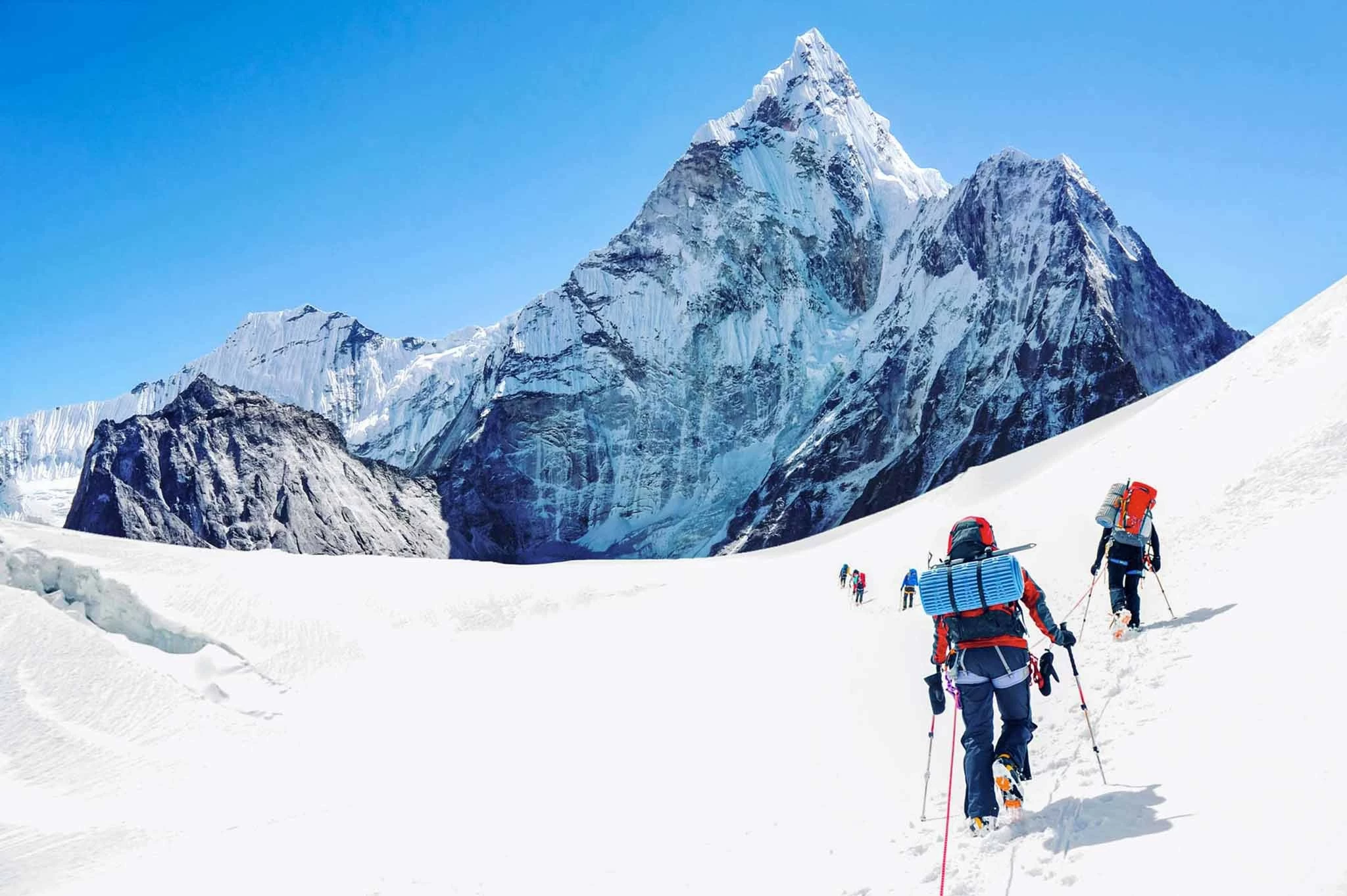 |
| Climbers on their way to conquer Mount Everest. (Source: Global Rescue) |
Mount Everest is located in the Himalayas, on the border of Nepal and Tibet (China). This great mountain is called Sagarmatha by the Nepalese and Chomolungma by the Tibetans.
The name Everest was given by the Royal Geographical Society in 1865, after George Everest (1790-1866), who led the team that surveyed the mountain in 1841.
Everest is the highest mountain in the world, standing at 8,848m above sea level. This figure was measured by an Indian research team in 1955 and is considered the official height by both the Nepalese and Chinese governments to this day.
The arduous journey
Considered the “roof” of the world, the oxygen level on Mount Everest is very low, the temperature is extremely cold, the sky is covered with dark clouds, accompanied by cutting winds, sometimes reaching speeds of up to 160 km/h. The temperature at night drops to -34 degrees Celsius, the weather is unpredictable, snowstorms and avalanches often occur, so there are many dangers.
Climbers often rely on Sherpas - a Tibetan ethnic minority - as guides because they have extensive knowledge of the Himalayas as well as mountaineering skills.
Mount Everest has two main routes: the southeastern route from Nepal and the northern route from Tibet. Although the northern route is shorter, most climbers today use the southeastern route because it is easier.
Conquering Everest can take months or even years of physical training. However, even with careful preparation, successfully conquering Everest is never easy.
At an altitude of 8,848m, the amount of oxygen on Mount Everest is only one-third of that on the ground, making it difficult for climbers to breathe due to lack of oxygen. According to scientists, the human body cannot withstand altitudes above 6,000m. The higher the climb, the less oxygen there is, and the body faces many risks, including cerebral edema, pulmonary edema, and embolism.
In addition, frostbite damage increases rapidly, because at such high altitudes, the heart has to work harder to pump oxygen-carrying blood to organs throughout the body. Internal organs are given higher priority, with fingers and toes being the last to receive oxygen, so when exposed to the cold, frostbite occurs, causing the victim to have to have their fingers and toes amputated.
The first goal for those who want to conquer Everest is Base Camp, located at an altitude of about 5,181m. It will take them about two weeks to get there. After that, they will go to the remaining three stations, located along the mountain.
Station four—the last station before the summit—is at the edge of the “death zone,” at 7,924m. Here, climbers must endure extremely thin air, with oxygen levels dropping to less than 40%, temperatures hovering below zero, and winds strong enough to send an adult flying down the mountain.
At the highest altitudes near the summit of Everest, most climbers must use oxygen tanks to supplement their bodies. Hypoxia is the greatest threat to the lives of mountaineers.
Since the 1920s, 330 climbers have died while conquering the “roof of the world”, and 200 bodies still lie on the way to the summit.
In 2023, more than 600 climbers reached the top of Everest but it was also the year with the most deaths, up to 18 people.
Many veteran climbers and tourism officials in Nepal believe that the reason for the high number of deaths is mainly due to lack of experience. Many travel agencies offer cheap prices to take people on Everest tours despite their lack of skills. Many of the victims are not even proficient in using climbing equipment.
Go beyond your limits
Nepal is home to eight of the world's 10 highest peaks, welcoming hundreds of climbers every spring when temperatures are warm and winds are calm.
This year, Nepal granted 421 fee-paying individuals permits to climb Mount Everest, down from 479 permits last year, according to the Kathmandu Post .
Today, most people who want to climb Everest start from Nepal. Each person must pay $11,000 for a climbing permit, plus safety equipment, food, oxygen, guides, and more. According to Nepal Peak Adventure, the cost of climbing Everest is between $45,000 and $80,000. However, the exact amount can vary depending on many factors, such as the services provided by the expedition company, the season, and personal preferences.
This is a fairly large cost not only for Vietnamese climbers but also for climbers from other countries.
American climber Alyssa Azar, who successfully conquered Mount Everest, commented: “Instead of commercializing this adventure sport, the Nepal Tourism Board should adjust the number of permits and strictly check the health, equipment and experience of climbers before setting off.”
This year, Nepal has made it mandatory for all climbers to rent and use tracking chips during their treks. Rakesh Gurung, Nepal’s tourism minister, said tour operators have been using the chips for their clients on their treks. “This is mandatory for all climbers. The chips will reduce search and rescue time in case of an accident,” Gurung said.
Climbing Mount Everest is considered one of the greatest challenges of this extreme sport, attracting explorers who want to test their skills and overcome their limits, which is the reason for the "attraction" of Everest.
Therefore, despite the obstacles of cost and harsh natural conditions, every year hundreds of climbers still come to try their hand at standing on top of the world and admiring the majesty of nature.
Source: https://baoquocte.vn/chinh-phuc-everest-hay-dao-choi-voi-tu-than-287863.html


![[Photo] General Secretary To Lam receives Russian Ambassador to Vietnam](https://vstatic.vietnam.vn/vietnam/resource/IMAGE/2025/4/2/b486192404d54058b15165174ea36c4e)


![[Photo] Third meeting of the Organizing Subcommittee serving the 14th National Party Congress](https://vstatic.vietnam.vn/vietnam/resource/IMAGE/2025/4/2/3f342a185e714df58aad8c0fc08e4af2)


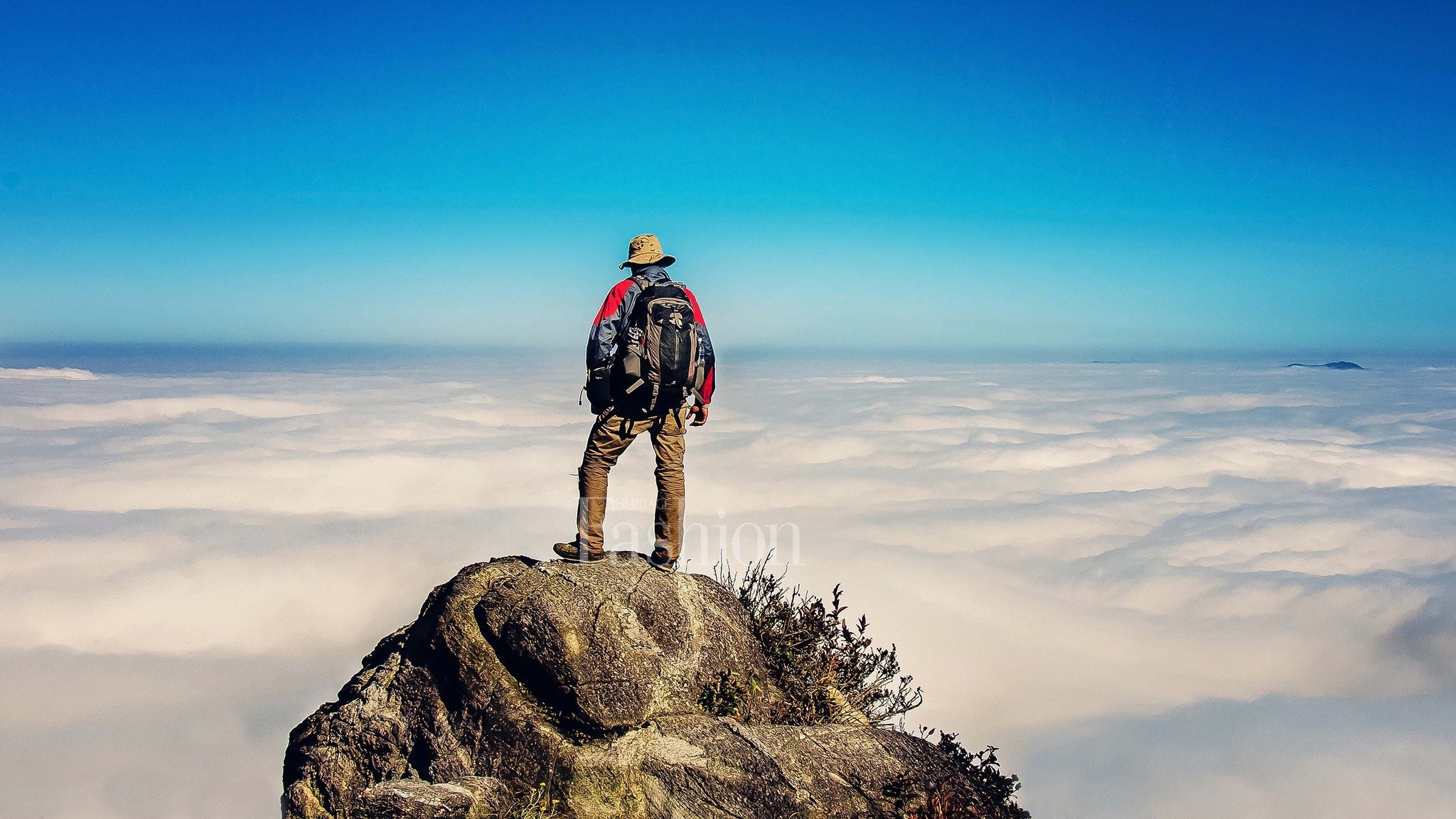

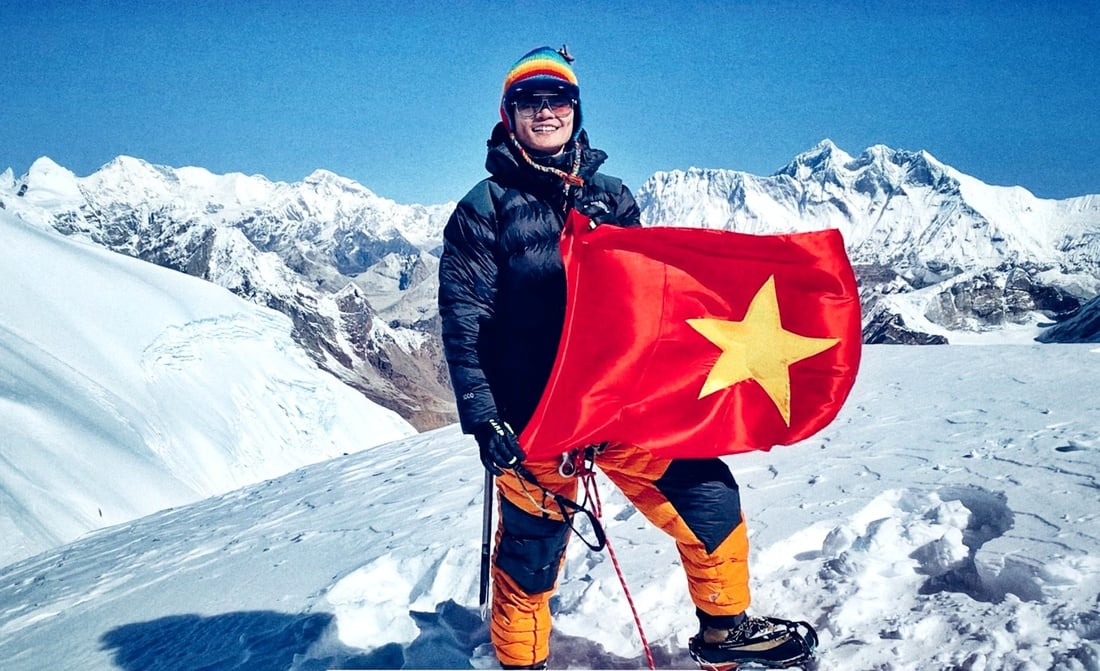

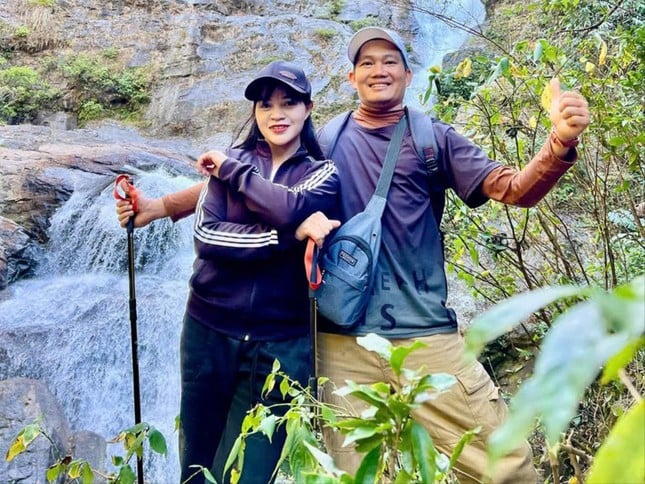

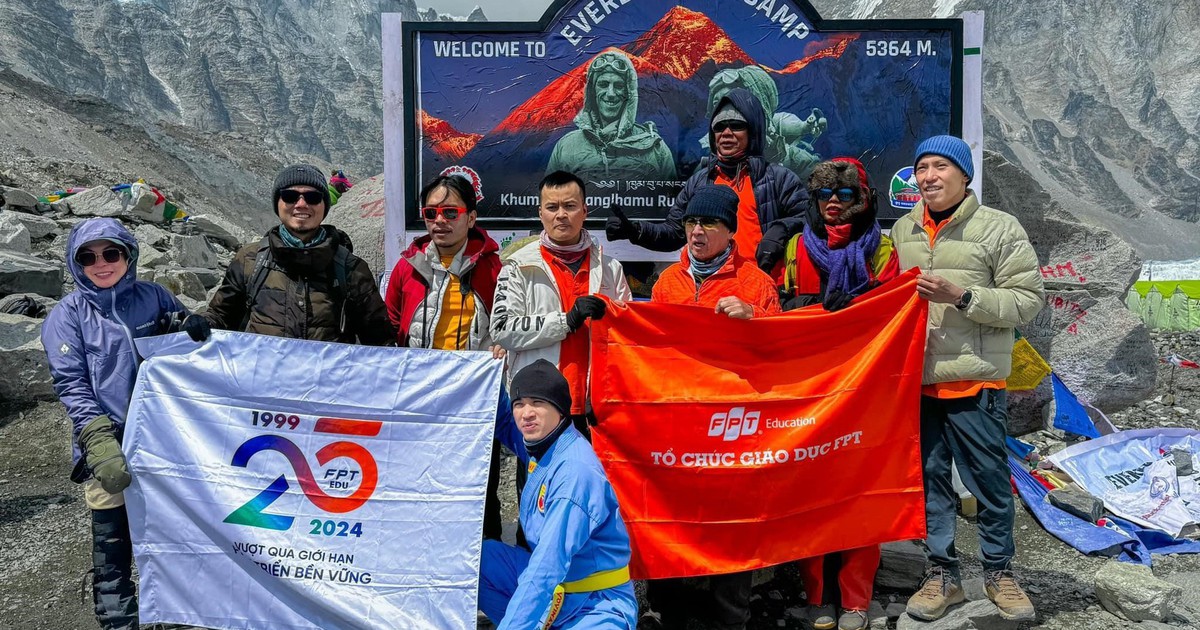



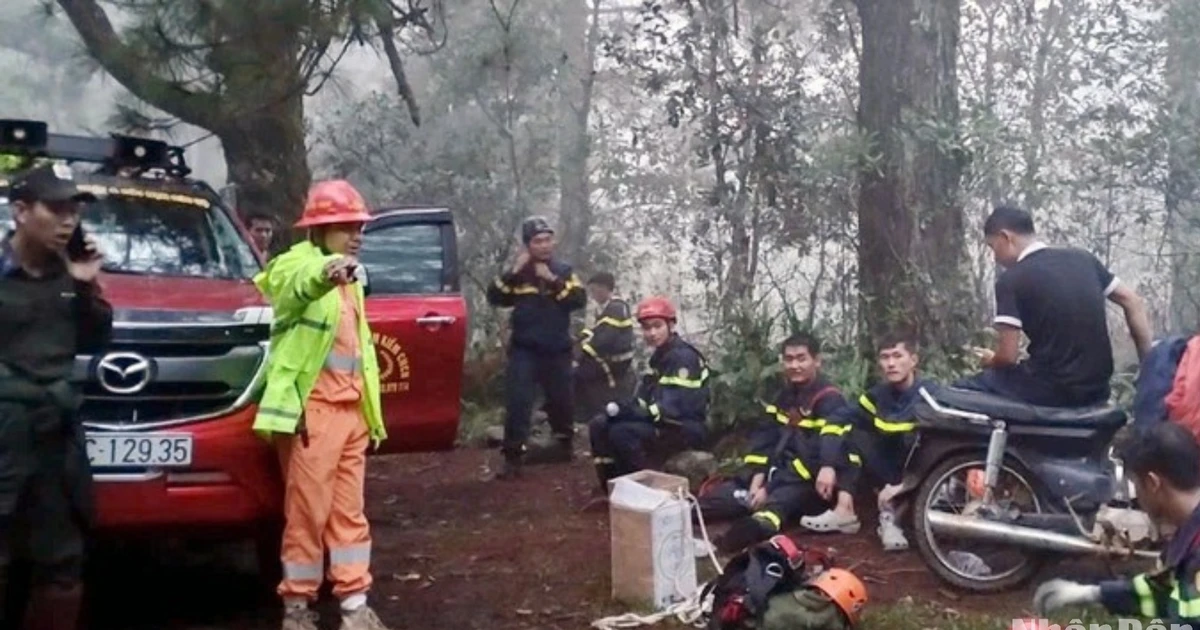



![[Video] Award ceremony of the contest "Denmark in your eyes 2024"](https://vstatic.vietnam.vn/vietnam/resource/IMAGE/2025/4/2/5204aa8890024b2e932f28393f139f27)












![[Photo] Relatives of victims of the earthquake in Myanmar were moved and grateful to the rescue team of the Vietnamese Ministry of National Defense.](https://vstatic.vietnam.vn/vietnam/resource/IMAGE/2025/4/2/aa6a37e9b59543dfb0ddc7f44162a7a7)


















































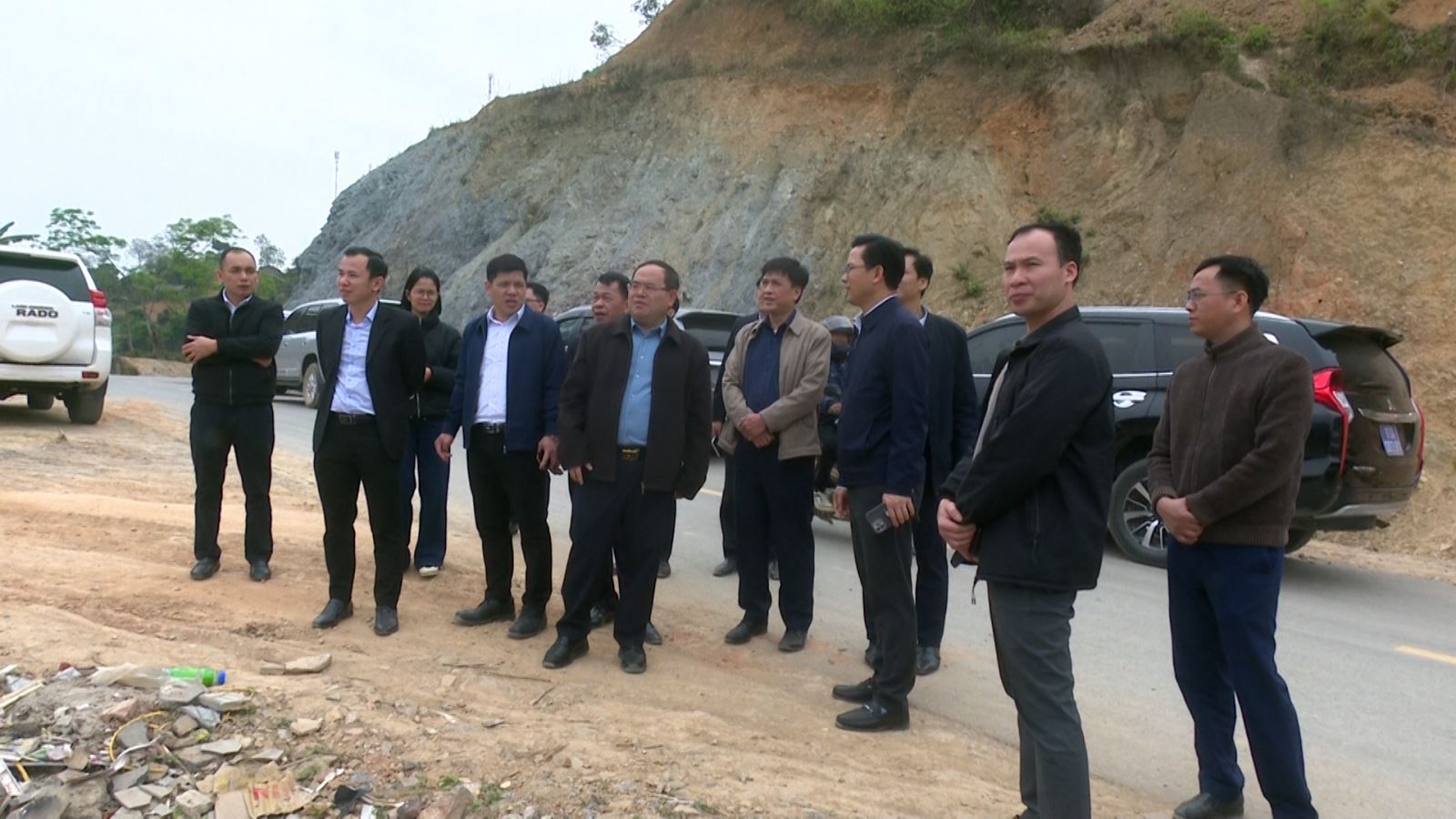
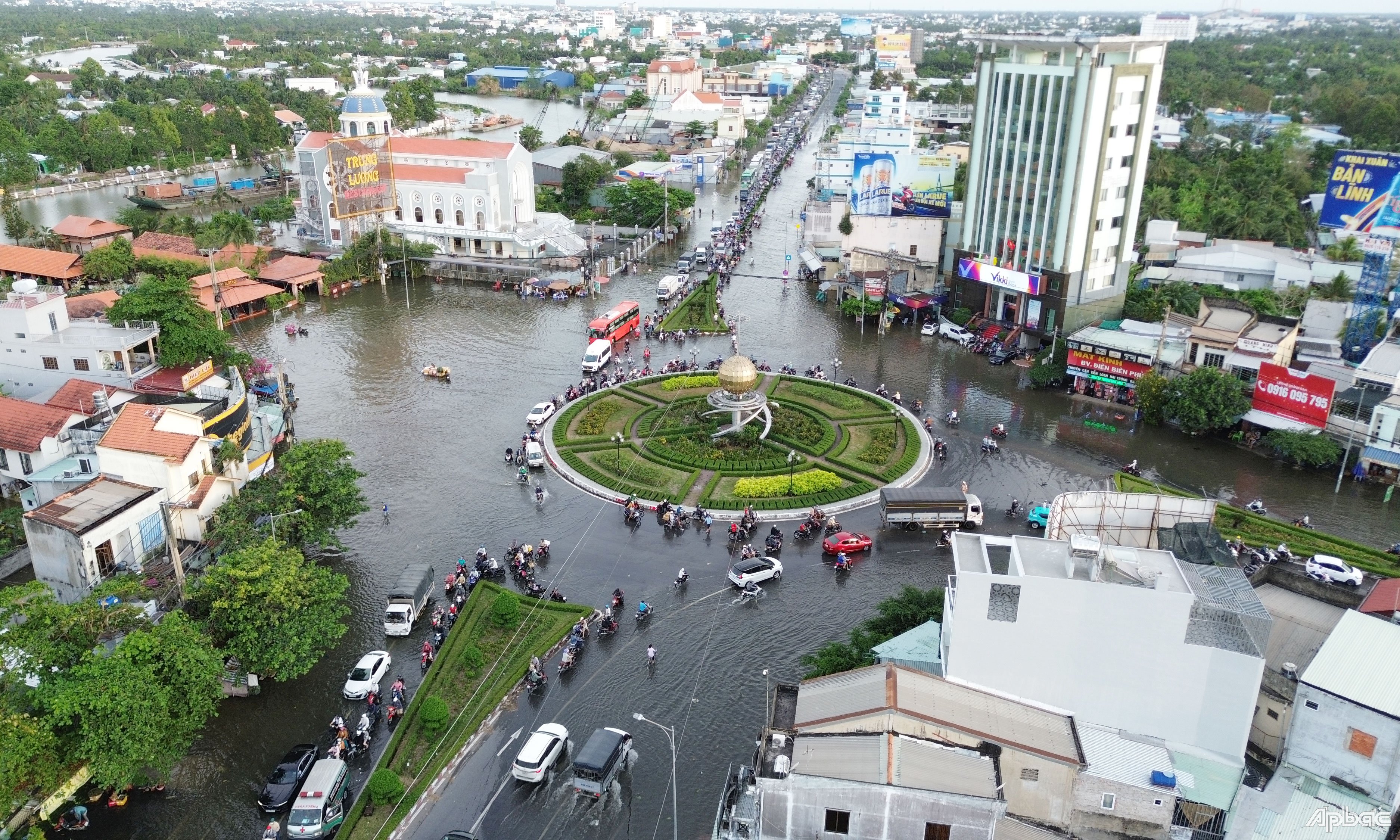













Comment (0)